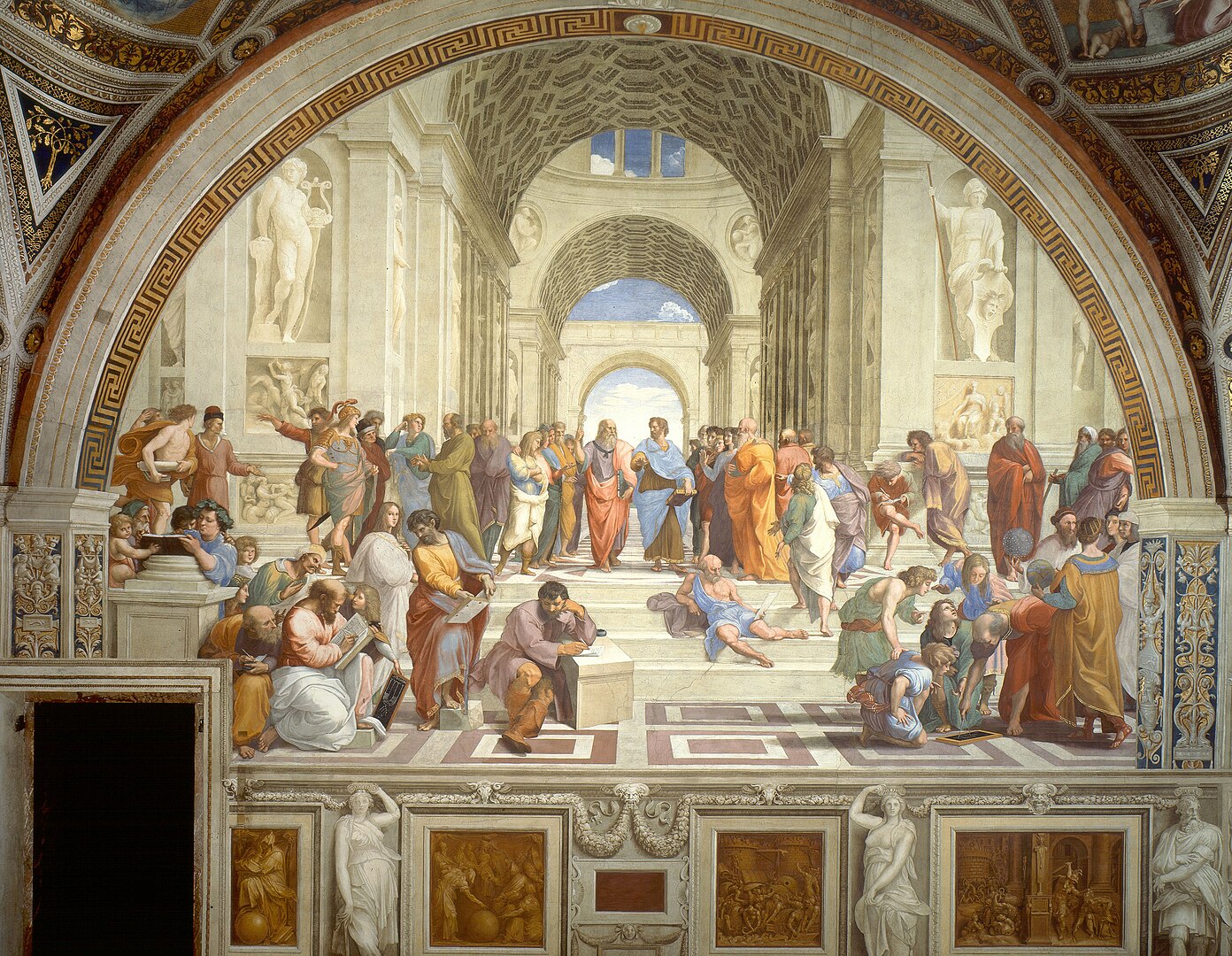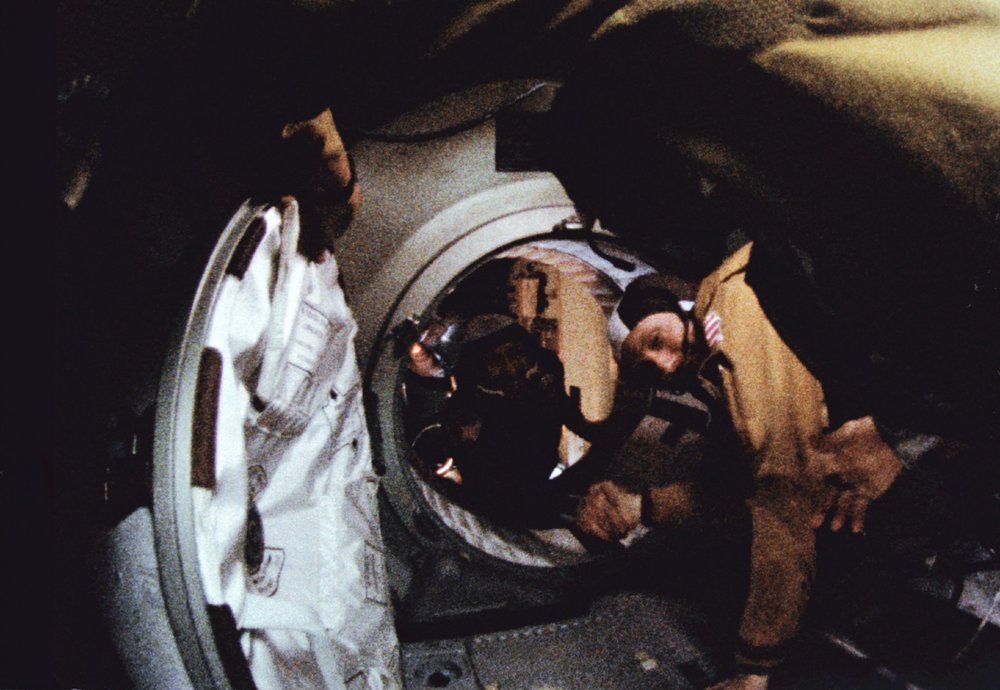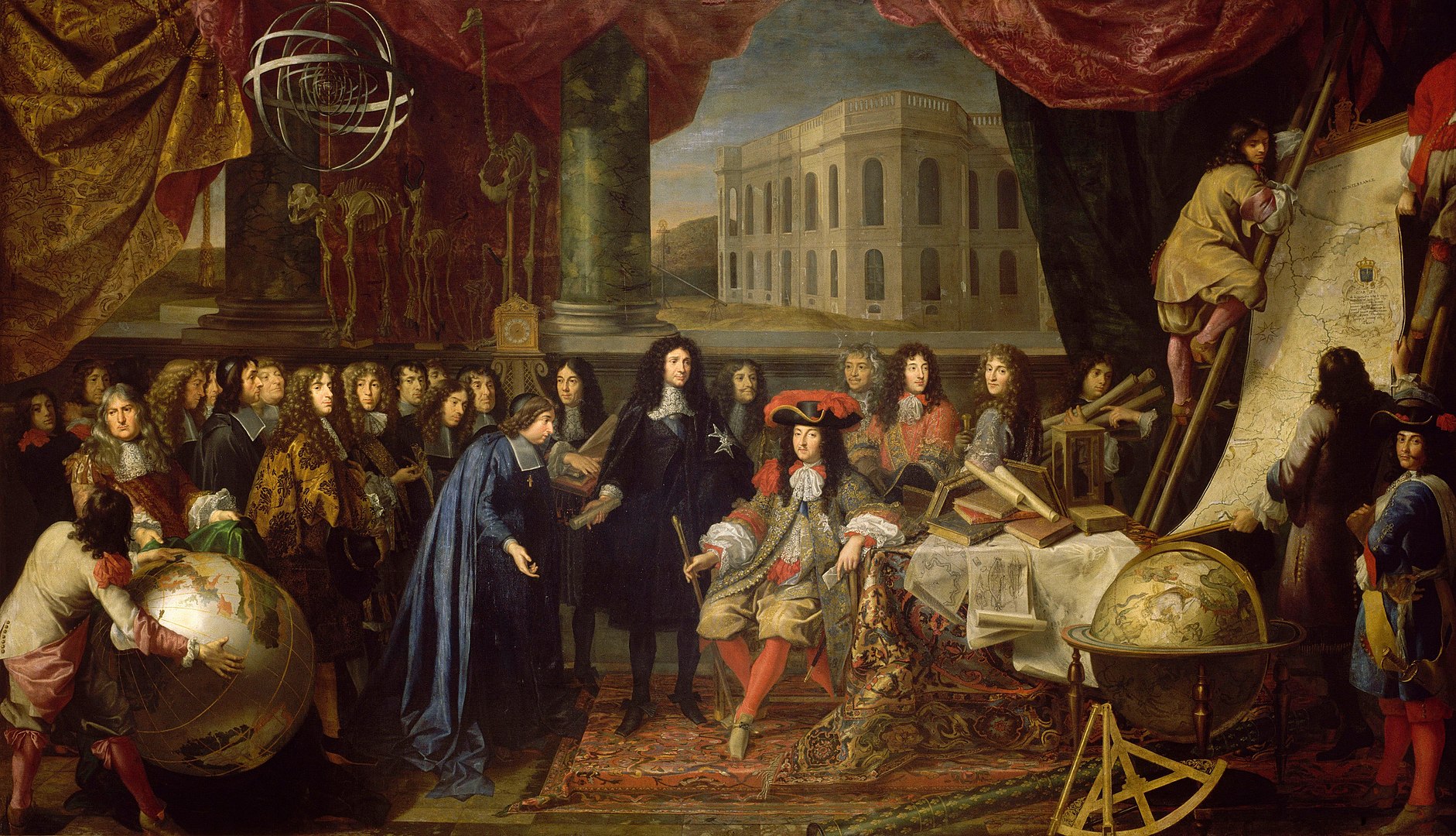
Bridging Science and Society
by Sissi Chen
Introduction

With new global challenges knocking at our door, our society must continuously craft new innovative policies to align with these developments. Ongoing problems like climate change, gender inequality and violation of human rights transcend borders, and demand international action through policy or actions to effectively drive sustainable change.
Fortunately, this collaboration already exists through supranational organisations like the World Health Organization and United Nations (UN). Frameworks have been proposed like the Sustainable Development Goals (SDGs), aimed to tackle the most pressing problems by 2030. These goals – like the challenges they represent – are multifactorial, ranging from healthcare to education, from gender equality to climate change. That is why international and interdisciplinary collaboration is necessary to tackle these challenges effectively. Solving these complex problems demands thinkers and activists who can bridge fields and communicate across disciplines to design fitting solutions. The COVID-19 crisis is a perfect example of the need to combine expertise in science and policy to find adaptive solutions to global problems. Here, scientists were placed next to governments and worked together on policies regarding the health crisis. It highlighted the importance of an unbreakable bond between scientists and policymakers.
Great initiatives like the Universitas 21 already exist to teach students how to engage in interdisciplinary teamwork and global leadership through online projects and worldwide networks. Unfortunately – and despite these efforts – there is a core problem: collaboration across disciplines is not normalized when discussing global societal challenges. This limits creative and well-rounded policy interventions and leads to failure in driving sustainable change to current and future pressing problems.
As a medical student involved in interdisciplinary team projects, I have enjoyed discussing creative solutions with peers to global challenges like climate change, education or urban resilience. Surprisingly, I have often found myself in a room with social science students asking me: “Why are you joining in these discussions? You’re a medical student”. This has led me to reflect on what the “interdisciplinarity” means. To me, interdisciplinarity means bringing in voices from ALL fields – including law, public policy, science, medicine, arts, etc. However, for others, “interdisciplinarity” points more towards collaboration between fields we consider adjacent – like psychology with philosophy, and business with technology. This narrower interpretation is often reflected in education, where interdisciplinary courses at university remain within one broad discipline. For example, programs within the broad domain of “health” combine medicine, nursing, global health, and biomedical sciences. Even though this adaptation lends itself to tackling sector specific challenges, when looking into societal problems as phrased in the SDGs, this limited scope of collaboration excludes valuable perspectives. One very obvious gap is the one between scientists and non-scientists. Scientific findings often contribute to policy, and the insights of scientists are essential when creating new solutions, but these contributions do not reach the general public. Communication is limited. Efforts should be made to bridge the gap between science and society, to normalise discussion between these sectors on common challenges.
Sharing the Science

“The Astronomer” – oil on canvas, Johannes Vermeer (1668)
From the viewpoint of a scientist, it can be challenging to communicate your research to the general public. Scientists often stay within their own niche of fellow researchers, and discuss their findings passionately there. They are not always aware of the impact that their research could make. Not only is a discovery important, but the impact it has. New knowledge plays an vital role in society, without scientific communication there would be a huge amount of disinformation and misinformation in society.
That is why scientists should start telling their story to everyone, both inside and outside of their research field, in a method that can engage the general public. There is opportunity for these researchers to team up with communication experts – such as news reporters, educators or content creators. This can help science build up to the next level, by engaging as scientists in society and sharing their research with an even broader audience. Furthermore, improved scientific communication can contribute to the general public becoming more interested in science and emphasizing its place in society. Various scientific articles have been published with pointers on how to communicate science effectively – including tips on how to make science personal, relatable, and how to tailor the message to the public you are trying to address. This can also encourage policymakers to implement scientific findings or involve scientific voices when devising new plans to tackle challenges.
A beautiful example of combining science with communication is what medical doctors already do on a daily basis in clinics. They are trained not only to understand the science behind diseases and how to recognize these but also to develop strong communication skills to bring their knowledge and findings to the patients. This contributes to a healthier world by connecting in-depth scientific findings with the general public through a medical professional, thus bridging the gap. This is a great example how gaps can be bridged in society – through a connector, but there are still many other bridges left to build between science and society. I would encourage others to look into their community for inspiration.
Driving Policy Innovation

Further, opportunities should be made to include science in policy. A majority of the general public believes that scientists contribute positively to society. There is an awareness of how certain policies are largely based on existing scientific research, how it is used to build the rationale for certain measures and rules. However, we should be wary of how public policy uses science. When used by politicians and governments without a background in science, there is a high risk for misinterpretation. A misleading representation of the science or a simplistic framing of how policy is based on science, can lead to misunderstanding and can actually enlarge the gap between science and society. Think back about on the “vaccination causes autism” case from 17 years ago, where an article was published suggesting that the measles, mumps and rubella (MMR)-vaccine given to children could cause autism. This claim was not backed by scientific knowledge, since autism is a neurodevelopmental genetic disorder that develops before the MMR-vaccine is administered. Numerous further studies concluded that this allegation was false. In spite of this, there are ongoing claims that suggest that MMR-vaccines can cause autism, leading to vaccination hesitancy. Scientists alone cannot compel the public act based on their research. To do this effectively, they often need the support and authority that governments and influential stakeholders have. Government officials, societal influencers, communicators, and organisations each play a role in driving innovative interventions and policies to global challenges. By integrating scientific principles into public policy, communication, and interventions, the reach and impact of science in society can be amplified.
Conclusion

To conclude, while science and society still seem far apart from each other, they must go hand-in-hand when addressing global problems. It’s therefore vital that we act according to this need by facilitation collaborating between the scientific disciplines and the social studies. Especially when facing new challenges, fusing these disciplines can help drive innovative policies. To this end, the bridge needs to be built from both sides:
To fellow students: Stay engaged and keep open mind. Search for opportunities for interdisciplinary collaboration in your own fields, by joining projects like interdisciplinary university courses, projects in the Universitas 21 network, or even talking about these topics over coffee with your friends!
To fellow scientists: Step outside of your field and explain your research to members of the general public by joining a podcast, talking with family and friends about the research you are conducting, or joining organisations that further interdisciplinary collaboration on global issues.
To fellow global citizens and policymakers: Work together with scientists on your next project idea and find new ways to include scientific research when building on your ideas. Think about sending an email for input, setting up a panel discussion, and inviting scientists to join a discussion.
Only together can we create a resilient world and drive innovation in our constantly changing society. Let’s build a bridge on the gap between science and society for the future!
Latest Articles
- The Neglected Value of BreastfeedingOn the benefits of breastfeeding
- Architecture Without a FutureOn architectural historicism
- The Absurdity of the EverydayOn seeking and creating meaning
- Bridging Science and SocietyOn interdisciplinary collaboration
- Renewable Baseload PowerOn the future of energy
- AI and the Battle for CommunicationOn control of communication
- Operating in a Bitcoin WorldOn the new monetary order
- Beyond Political NostalgiaOn hope as a political force
- The New Age of CaesarsOn the end of liberal democracy
- Social Media: Five Stages of GriefOn reclaiming our attention
About the author
Sissi is a fourth-year medical student in the Netherlands. She is passionate about integrating science and health into society, particularly within the context of global health. If you are involved (or would like to work) in science communication, health and/or public policy, reach out to her on LinkedIn:
https://www.linkedin.com/in/sissi-chen-874081202/
Updates
Sign up to the CATALYST Updates Substack to receive the monthly schedule for new articles, news on the physical print-run of CATALYST’s inaugural issue, and details on the upcoming CATALYST Conference.


